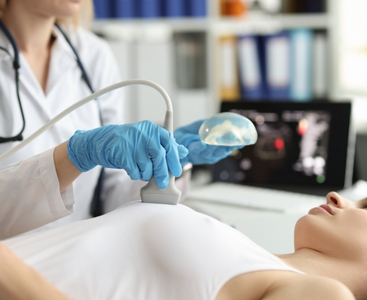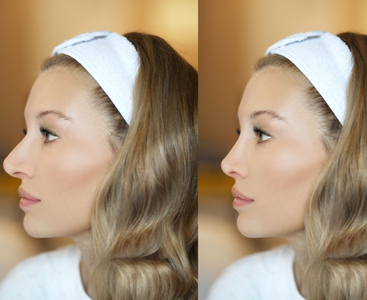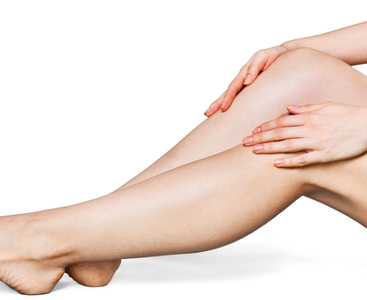MICROSURGERY
Microsurgery
As a result of accidents; rupture of the limbs, excessive deformation of the skin of the hand, damage to the connective tissues that provide movement or to the nerve cells that keep the hand sense alive. In these cases, all bones, vessels, tissues and nerves damaged by microsurgery can be repaired; functions can be restored. A special microscope is used in this surgical method, which requires extreme precision. The operated area is enlarged. In this way, all tissue, vascular and nerve structures can be seen clearly and can be effectively repaired with the help of sutures smaller than 1 mm. Microsurgery and hand surgery are branches of surgical treatment that are often intertwined.
The most commonly used procedures of microsurgery:
- Hand and foot tendon (beam), vessel and nerve injuries
- Hand, finger fractures
- Hand, arm, leg injuries
- Hand and finger ruptures
- All kinds of congenital hand disorders
- lack of fingers
- Excess finger (polydactyly)
- Finger adhesion (syndactyly)
- Burn-related hand and foot disorders
- Tumors that develop in the hand
- Whole body tissue losses
- Nerve compressions
- hand-finger infections
- Brachial plexus surgery
- Fingertip deformities
- Tendon compressions
- trigger finger
- Dupuytren’s disease (contracture)
- Hand-toe nail deformities (ingrown nails)
- Hand-foot deformities due to burns
Microsurgery is the process of making vascular and nerve repairs with the help of special glasses-like magnification systems called operating microscope or loupe. Special suture materials, much thinner than hair, are used during repairs. Microsurgery requires great hand sensitivity and experience.
Microvascular tissue transfers, especially hand surgery, are performed with microsurgery methods. Replantation (replantation) of finger and limb amputations; vascular and nerve repairs (revascularization) of injuries close to complete rupture in the extremities; Repair of tissue deficiencies (defects) that are too large to be closed with surrounding tissues with tissues taken from another part of the body together with the vein can be counted among the surgeries performed by microsurgical methods.
What is Microsurgery?
Microsurgery; It is a frequently preferred surgical method especially in surgical procedures where sensitive structures such as nerve, muscle and connective tissues need to be repaired. Its main application area is vascular and nerve injuries. However, it can also be preferred in limb ruptures that require repair of the vessels. One of the most important treatments used in microsurgery is the repair of nerves coming out of the spinal cord, also known as “peripheral nerves”. In the treatments performed with microsurgery, it is aimed to suture the severed limb in a healthy way and to eliminate the loss of movement and deformation in the region due to various reasons.
In Which Situations Is Microsurgery Preferred?
As we mentioned above, this method can be used in the treatment of many ailments. The main application areas are:
- Treatment of muscle and tissue injuries
- Transplantation of healthy tissue in tissue losses; Composite transplantation of veins, muscles and skin
- Thumb and trigger finger rupture
- Amputations of hands, arms, forearms, long legs and legs
- Palm injuries
- finger joint injuries
- hand break
- Repair of tissues in cases where limbs are crushed
- Tendon treatments (especially in cases where the tendons break with the attachment point on the bone, also called avulsion fracture)
- Repair of damage to the elbow tissue
- Treatment of nerve compressions
- Tissue repair in cancer patients
- Removal of muscle and skeletal tumors
Is Anesthesia Performed in Microsurgery?
Anesthesia is used in operations performed with microsurgery, just as in other surgical procedures. Therefore, patients do not feel any pain or suffering. The anesthesia method used is decided according to the needs of the patient and the procedure to be performed. General anesthesia can be applied, as well as local or spinal anesthesia can be preferred.
How is Microsurgery Performed?
The most important feature of microsurgery operations is the use of precision surgical instruments and optical magnification systems such as operating microscope / loupe in surgery. Even veins and nerves with a diameter of 0.5 mm can be repaired by microsurgical methods.
How Long Do Microsurgical Surgeries Take?
As with all surgical procedures, the duration of application may vary depending on the purpose of the surgery. Especially in sensitive areas, the operation time may be prolonged. In general, it can take 2-8 hours.
How Is The Recovery Process Microsurgery Surgery?
After microsurgery, patients rest in the hospital for 1 day, depending on the procedure and type of anesthesia. At the end of this period, they are discharged. In surgical procedures performed with the microsurgery method, the incision in the region is also very small. Therefore, the recovery period is shorter than other surgeries. Our patients can return to their daily lives in approximately 1 week-10 days. In this process, support can be obtained from physical therapy and rehabilitation practices to increase the mobility of the region according to the patient’s condition.










